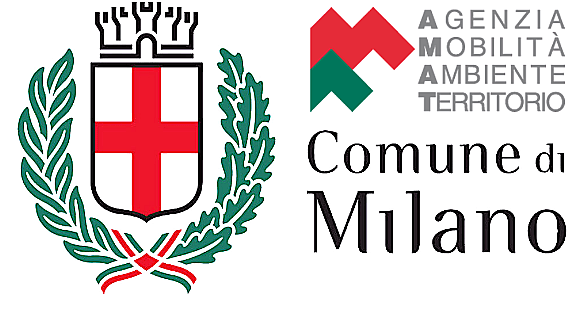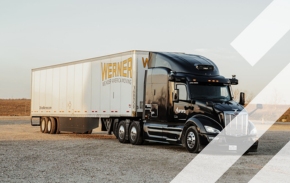Shifting the mobility paradigm - part II

SMART CITIES FOCUS: ITALY
Intertraffic takes a detailed look at the Italian smart city movement from three different perspectives over two parts. In part two, high-level representatives from Bologna and Milan give us a behind the scenes look at how their cities are helping to speed the mobility transition in decidedly different ways.
THE VIEW FROM MILAN
Paolo Campus, director of Milan’s Agenzia Mobilità Ambiente e Territorio (Agency for Mobility Environment and Territory), tells Intertraffic about what drives his city’s efforts to integrate smart mobility thinking with advanced technological implementations.
“Technological innovation plays a fundamental role as it enables the connection between public administration, businesses and citizens through advanced digital services. AMAT, i.e. Agenzia Mobilità Ambiente e Territorio (Milan’s Agency for Mobility Environment and Territory), an in-house company, totally owned by the City of Milan, is committed to providing strategic planning and technical studies for urban mobility, environment quality and land use management.
Due to its multidisciplinary competence, AMAT supports the City of Milan in developing projects and services with an approach that integrates mobility and energy issues with the environmental themes by advanced technologies and solutions. Urban Intelligence and Smart Cities are the two paradigms that, through the implementation of sustainable mobility, digital transformation, Open Data, and the Internet of Things applications, steer large urban agglomerations towards inclusive and sustainable development.
Urban Intelligence and Smart Cities are the two paradigms that, through the implementation of sustainable mobility, digital transformation, Open Data, and IoT applications, steer large urban agglomerations towards inclusive and sustainable development.
Loading component...
Text 2
As for the MaaS, the ultimate goal the city of Milan is aiming at is to integrate different modes of transport into a system that creates travel experiences, through the use of smart technologies. This new mobility paradigm offers new opportunities to improve the freedom of choice of mobility users, by improving the efficiency and quality of service.
Milan, with the support of AMAT, has recently participated in a tender launched by the Department for Digital Transformation of the Italian Presidency of the Council of Ministers and the Ministry of Sustainable Infrastructure and Mobility, called Mobility as a Service for Italy, and selected as one of 3 cities, together with Rome and Naples, that will be able to test innovative local transport solutions, introducing the Mobility as a service paradigm. Planning a trip, hopping on public transport, booking and driving a shared vehicle, paying for those services will all be possible under the same app. This scheme will merge different transport operators in the city onto the same online platform. Users will find public and private mobility options (from metro, bus, and tram to shared cars, bikes, scooters, and more). Endowed with a map and an online payment system, the platform will also allow residents and city users to personalize their journey and find travel and price options that better fit their mobility needs.
Alongside the integration of multiple transport modes, Milan will jump into the potential of automated mobility.
As a matter of fact, within the same national MaaS funding framework, the city was awarded the ‘Living Lab’ tender. Milan has been selected as the only city that will run a Living Lab project based on a smart road equipped with technological infrastructures and tools that will be able to interact and communicate with cars or buses on the existing 90-91 trolley bus ring line. The aim is to increase driving safety thanks to the development and new possibilities offered by new technologies by carrying out tests for self-driving cars by car manufacturers or other operators, as well as MaaS interchange systems in some stations.
Alongside the integration of multiple transport modes, Milan will jump into the potential of automated mobility.
Finally, in order to manage and control the areas for loading and unloading goods and the parking bays for the disabled located within the Bastioni area of Milan (the inner area of the city), the municipal administration, with the scientific and technical support of AMAT, is implementing an experimental project that involves the installation of special sensors on these types of bays. The sensors are equipped with magnetic and infrared technologies and are able to detect the presence or absence of a vehicle on the parking bay and send the status communication to a central platform using the low range network (LoRa). The information will be provided to the users of the two respective types of parking bay and to the local police force for enforcement measures. Both users will be provided with a specific app to check-in on the parking space and to check where free parking spaces are located, so as to avoid drivers cruising around the city in search of available parking spaces, with resulting environmental benefits.”



.png?h=400&iar=0&w=1400)

